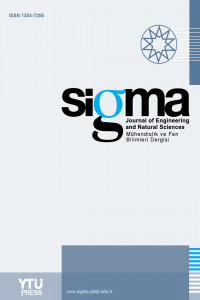Abstract
Arsenic contamination in drinking waters has been a serious public health concern due to both carcinogenic and other health effects. The main sources of human exposure to arsenic are the drinking waters. Arsenic can cause chronic illness and death, even at low levels of arsenic concentration in drinking waters. There are many technologies available for removal of arsenic from contaminated drinking waters. Some of these technologies are traditional treatment processes. They have been tailored to improve removal of arsenic from drinking waters. Arsenic can occur in four oxidation states (-3, 0, +3, +5) – but two predominated oxidation states common in drinking water are oxyanions of trivalent arsenic and pentavalent arsenic. The removal efficiency for trivalent arsenic is generally lower than pentavalent arsenic. Inorganic As(III) (arsenite) should be converted to As(V) (arsenate) with oxidation technologies to facilitate removal. Traditional and new technologies discussed in this review article with regard to arsenic removal. Technologies discussed in this section are grouped into four broad categories: precipitation technologies, adsorption and ion exchange technologies, membrane technologies and alternative technologies. Each category is discussed here, with at least two treatment technology described in each category.
Keywords
Drinking waters arsenic removal precipitation technologies membrane technologies alternative technologies.
References
- The article references can be accessed from the .pdf file.
Details
| Primary Language | English |
|---|---|
| Subjects | Industrial Biotechnology |
| Journal Section | Reviews |
| Authors | |
| Publication Date | September 1, 2013 |
| Submission Date | October 3, 2012 |
| Published in Issue | Year 2013 Volume: 31 Issue: 3 |
IMPORTANT NOTE: JOURNAL SUBMISSION LINK https://eds.yildiz.edu.tr/sigma/


